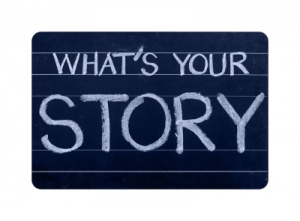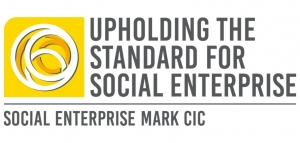What to include in your Social Impact Report
By Kat Luckock, Founder of Share Impact
So, you’re starting to think about developing your Social Impact Report and what you might need to include in it.
Like all documents or materials you produce for external consumption it’s important to think about who your audience for this report is – what will they be interested in reading about? What are the key messages you want to convey to them? And, what might they be looking for?
 There’s no point creating pages and pages of facts and figures if it’s not useful and relevant to those reading it.
There’s no point creating pages and pages of facts and figures if it’s not useful and relevant to those reading it.
This list is not exhaustive but is to help you start planning what you might need to bring together in to a report. This way you can start to think what you don’t have and how you’re going to start collecting or finding it.
The essentials of what to include:
- Why your organisation exists and what you do
- What are the needs / problems you’re trying to solve?
- Do you have evidence to back this up? Be sure to include this
- What are you trying to achieve? What is your vision, mission and values?
- What do you do?
- Headline figures – These are often good to include as an infographic. The purpose of this is to highlight those key facts and figures you want to share, if people read nothing else of the report you want them to read this bit – sometimes includes outputs as well as outcomes and impact data. Some organisations choose to share just these as an infographic on their website.
- Detail of your outcomes and impact – This should form the bulk of your report for obvious reasons. What have you actually delivered and achieved – what evidence do you have to back this up? This could include your:
- Ouputs and outcomes – what you’ve actually delivered and the immediate change
- Social Impact
- Financial Impact / Social Return on Investment (SROI)
- Environmental Impact
- Testimonials, Quotes or Case Studies (which bring the data to life)
- Lessons learnt and areas for improvement – it’s always good practice to recognise the things that haven’t gone as well as you’d hoped or planned for, as well as the things that did. A report that doesn’t include any information about targets not being reached, or things that didn’t work out as planned always feels slightly disingenuous. So, explain what didn’t go as planned, way you think that was the case and how you plan to improve it next year or what you’ve learnt from it.
- Next steps and plans for the future – this can be a good place to outline your intentions, goals or objectives for the next 12 months. Maybe as a result of your evaluation you’ve decided you’re going to do something differently or change the way you operate. Alternatively, this could include reflections on your impact measurement approach, recognising gaps in the data and how you plan to develop this in the future.
- Basic overview of your finances – for most organisations including a summary of your headline figures (income, expenditure and operating profit/loss) for previous year, current year and project forecasts for next year is a useful addition to a social impact report. It provides useful data to potential funders and investors, as well as partners and others potentially looking to support or work with you. Even if they’re not what you had hoped for it shows openness and accountability (it’s public information anyway once you final your accounts).
 It’s also important to include images of your organisation ‘in action’ to bring the data and stories to life. This isn’t about creating a wordy document resembling a thesis. It should reflect your brand and form part of your wider business and marketing strategy, think about what needs to be shared and what you can leave out. The simplest impact reports are often the best.
It’s also important to include images of your organisation ‘in action’ to bring the data and stories to life. This isn’t about creating a wordy document resembling a thesis. It should reflect your brand and form part of your wider business and marketing strategy, think about what needs to be shared and what you can leave out. The simplest impact reports are often the best.
Here are some optional extra’s you may also want to consider including in your report:
- An executive summary or Welcome from your CEO/Board
- If this is your first impact report it can be nice to include your ‘Journey so far’ or Key Milestones you’ve had along the way. Often best demonstrated on a simple timeline.
- About the Founder/ your team – again depending on the purpose and audience of your report this can be another nice way to introduce who you are
- Your Theory of Change or how you’ve gone about collecting data and measuring your impact (methodology)
- Thanks to – funders, partners, supporters etc
- Who you work with or have been supported by – key partnerships / funders
Kat Luckock is an Impact Strategist & Business Coach for social entrepreneurs and ethical retailers. She specialises in helping businesses measure and communicate their social and environmental impact to stakeholders and customers so they can build communities of support and increase sales and income.
Kat works with social entrepreneurs all over the world and is excited to write a series of posts for the Social Enterprise Mark blog throughout the Autumn. This blog was first published on the Share Impact website on 14th January 2019.





